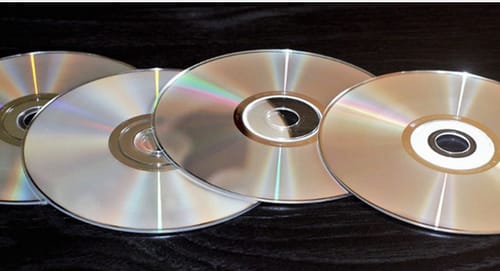 |
| Researchers are designing an optical drive with a capacity of 700 terabytes |
Researchers at Shanghai University of Science and Technology have introduced a new method for the next generation of nano-scale optical data storage devices that can greatly increase storage capacity while reducing energy consumption.
Scientists have discovered a new way to store large-capacity data that enables portable huge data centers, because in the era of information explosion, the amount of data we generate every day is beyond imagination.
It is estimated that global data will reach 175 ZB by 2025, with each ZB being 1 billion megabytes or 1 trillion gigabytes.
If Blu-ray 175 stores za data, the amount of data needed is 23 times the distance from the moon.
Scientists combine graphene oxide and convert lanthanide-saturated nanoparticles into nanoparticles by adding lanthanide elements (rare earth elements) to the nanoparticles, and they can convert infrared rays into visible ultraviolet light.
Using nanomaterials as storage media in combination with optical sub-diffraction writing techniques, a 12 cm optical disc can be developed that can store 700 terabytes of data, the equivalent of 28,000 Blu-ray discs.
This result provides a novel method for developing a new optical disk that consumes less power and has a long service life.
Professor Zhang Qiming said: It has great potential in huge data centers. In the future, portable drives could be used to replace huge data centers the size of a football field.
New optical storage technologies can greatly aid the development of artificial intelligence technology, which can ignite the information revolution.
This research was conducted by Shanghai University of Technology, Royal Melbourne Institute of Technology, Melbourne Institute of Technology, and National University of Singapore.
Her research is part of an ongoing work looking at efficient ways to store data while reducing the data center's carbon footprint by ending reliance on drives with limited lifespan.
Researchers believe that using lasers to store optical data is the best option to meet the ever-increasing demand for data. However, different types of light limit the size of the information bits that can be recorded and thus the optical data storage capacity. Tablets. .
The researchers also noted that this technology uses an inexpensive continuous wave laser, which further reduces operating costs compared to traditional optical writing techniques that rely on an expensive and bulky pulse laser.
